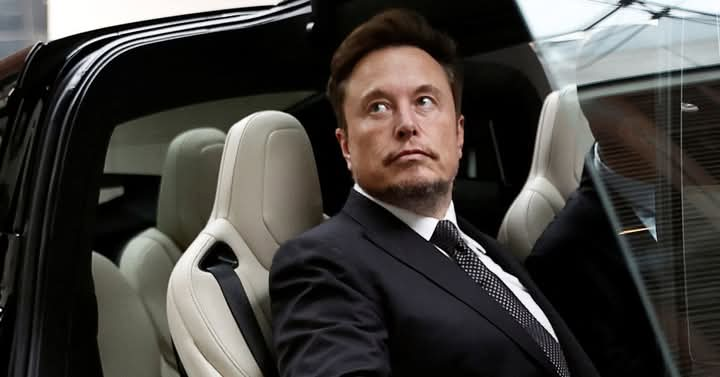Elon Musk’s SpaceX once again encountered a major setback on Thursday when the upper stage of its Starship rocket exploded after liftoff, despite the successful capture of its booster during an orbital test—echoing the previous flight’s outcome.
Minutes after launch and booster separation, a live feed showed the upper stage spinning uncontrollably before the signal was lost.
Dramatic footage posted online showed burning debris falling over the Bahamas.
“We can confirm we lost contact with the ship. Unfortunately, this happened last time as well,” said SpaceX spokesman Dan Huot, referencing the January flight, which ended similarly with the upper stage disintegrating over the Caribbean.
The incident immediately impacted U.S. airspace, with the Federal Aviation Administration (FAA) temporarily activating a “debris response area” that delayed flights from airports spanning Newark and Philadelphia to Miami.
The FAA confirmed that SpaceX must conduct an investigation before proceeding with another flight.
In a statement, SpaceX explained that an “energetic event in the aft portion of Starship” led to the loss of several Raptor engines, which caused the communication failure with the spacecraft. The company also stated there were no toxic materials in the debris and pledged to investigate and implement corrective actions.
Despite the failure, SpaceX’s “fail fast, learn fast” approach has helped it dominate the global launch services market.
However, concerns about conflicts of interest are rising, given Musk’s role as one of former President Donald Trump’s closest advisors and his influence over federal regulators.
Eighth Starship Test
The Starship rocket, the world’s largest and most powerful, launched from SpaceX’s Starbase facility in Boca Chica, Texas, at 5:30 pm (2330 GMT). This test marked the eighth uncrewed orbital attempt after earlier launches were postponed.
While the upper stage was lost once again, SpaceX succeeded in recovering the Super Heavy booster, catching it with the launch tower’s “chopstick” arms for the third time—an impressive engineering feat.
About 40 minutes after launch, SpaceX ended the livestream without offering additional details.
Standing 403 feet (123 meters) tall—about 100 feet taller than the Statue of Liberty—Starship is intended to be fully reusable and is key to Musk’s long-term vision of Mars colonization.
NASA is also waiting for a modified version of Starship to serve as a lunar lander for its Artemis program, aiming to return astronauts to the Moon within this decade.
Before these missions can proceed, SpaceX must prove the vehicle’s reliability, safety for crew, and its capability for complex in-orbit refueling—essential for deep space missions.
The FAA had previously grounded Starship following a January 16 explosion of its upper stage. The agency permitted this latest test before finalizing its investigation into that earlier failure.
Conflicts of Interest
Under President Joe Biden’s administration, Musk frequently clashed with the FAA, accusing it of overregulating SpaceX’s safety and environmental practices. Now, as one of Trump’s key advisors on cost-cutting initiatives, Musk is under scrutiny for his influence over federal agencies that oversee his companies.
According to Bloomberg News, a SpaceX engineer recently visited FAA headquarters and warned staff that their jobs could be at risk if they didn’t advance the Starlink satellite program to support the national airspace system. This raised concerns, especially with Verizon holding a contract to upgrade FAA infrastructure, potentially jeopardizing that deal.
SpaceX has denied these allegations, calling recent reports about the FAA and the company “false.”
AFP

